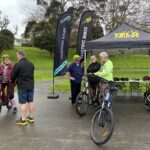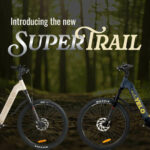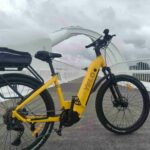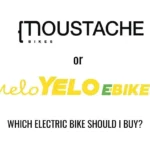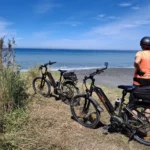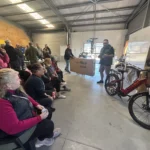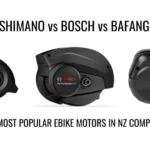I was searching around the web this morning, taking a look at trail-ready ebikes and what you get for your money. One ebike in particular caught my eye – I loved the looks of it and the pricing seemed to be really attractive. But when I dug deeper, here’s what I discovered:
- The battery size was only 400 watt-hours. Given that you are likely to use around 12 watt-hours per km when riding on back country trails, that would give the bike a range of around 33kms in the back country, which in my view is not sufficient.
- The motor delivers only 50 newton-metres of torque. This is 37% less torque than some of the other available motors. Bafang MaxDrive motors for instance deliver 80nm of torque and they have been highly rated by Consumer Reports NZ. (Torque is the amount of turning force the motor is capable of. The greater the motor’s turning force, the more capable the motor is of assisting you.)
- The bike does not come with mudguards, lights or carrier.
The lessons from this?
- Don’t just ask what the bike’s expected range is. Do your own math. Find out how many watt-hours the battery has and then for back-country riding, figure you’ll use around 12 watt-hours per km, for around town about 7.5 watt-hours per km.
- Inquire about the motor’s torque rating. And, speaking of motors, be sure and check out the Consumer Reports NZ review of electric motors here.
- Know what accessories you’re getting with your bike. In our experience, baby boomers in particular want mudguards, lights and carrier on their bikes.
Happy shopping. Be aware that since COVID-19, lead times for sourcing ebikes have increased from 3 months to around 7 months. Many parts manufacturers, including Shimano, Suntour and Tektro are now quoting 6-7 month delivery times. So, if you find an ebike that’s right for you, don’t procrastinate as it may not be available tomorrow.


